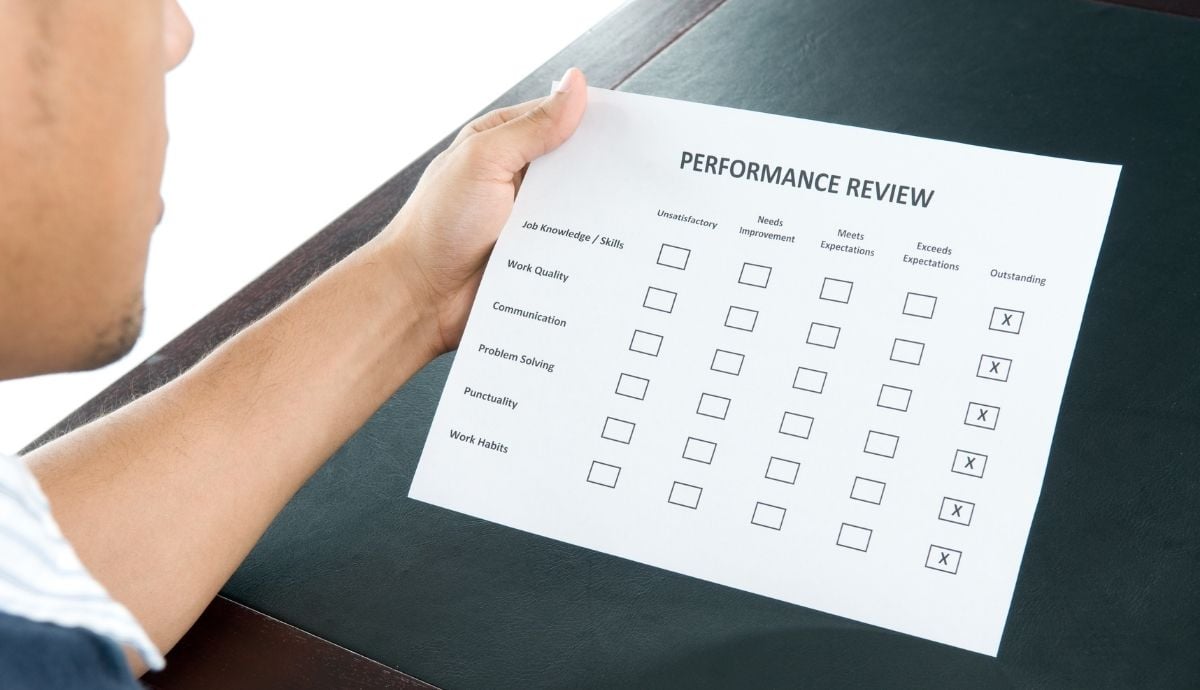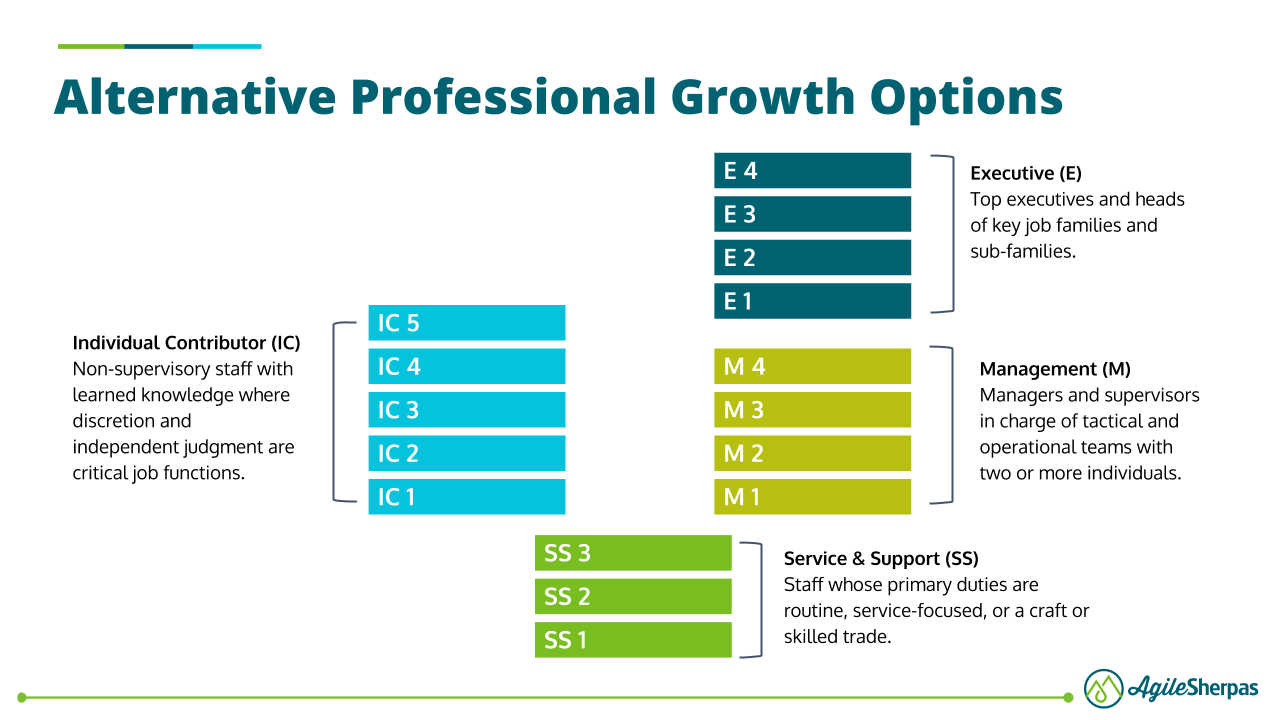-
- marketing agility
- Teams
- Organizations
- Education
- enterprise
- Articles
- Individuals
- Transformation
- Solution
- Leadership
- Getting Started
- business agility
- agile management
- going agile
- Frameworks
- agile mindset
- Agile Marketing Tools
- agile marketing journey
- organizational alignment
- Agile Marketers
- People
- Selection
- (Featured Posts)
- strategy
- agile journey
- Metrics and Data
- Kanban
- Resources
- Why Agile Marketing
- agile project management
- self-managing team
- Meetings
- Scrum
- agile adoption
- scaled agile marketing
- tactics
- scaled agile
- AI
- Agile Meetings
- agile marketing training
- agile takeaways
- Agile Leadership
- agile coach
- enterprise marketing agility
- Scrumban
- state of agile marketing
- team empowerment
- Intermediate
- agile marketing mindset
- agile marketing planning
- agile plan
- Individual
- Team
- Videos
- agile marketing
- kanban board
- Agile Marketing Terms
- agile transformation
- traditional marketing
- FAQ
- agile teams
- Agile Marketing Glossary
- CoE
- Scrumban
- agile
- agile marketer
- agile marketing case study
- agile marketing coaching
- agile marketing leaders
- agile marketing methodologies
- agile marketing metrics
- agile pilot
- agile sales
- agile team
- agile work breakdown
- cycle time
- employee satisfaction
- marketing value stream
- marketing-analytics
- remote teams
- sprints
- throughput
- work breakdown structure
- News
- agile brand
- agile marketing books
- agile marketing pilot
- agile marketing transformation
- agile review process
- agile team charter
- cost of delay
- hybrid framework
- pdca
- remote working
- scrum master
- stable agile teams
- stand ups
- startups
- team charter
- team morale
- user story
- value stream mapping
- visual workflow

Marketers come in all shapes and sizes.
Some of us love data. Others are word nerds.
Many of us spend our time immersed in martech and AI. Others look at the world through a camera lens.
While marketers are vastly different in the brands or agencies we serve, the channels we specialize in, and the level of expertise we have, we all share a central concern: how can we effectively advance our careers?
When Agile marketing gets thrown in the mix, that question takes on a new sense of urgency. People want to know how they can grow professionally in a new Agile environment.
Agile performance management, the approach we take to evaluating and promoting individuals within an Agile system, isn’t always well understood (or well communicated) during an Agile transformation.
This breakdown can lead to considerable consternation among Agile marketers, who may become resistant to change when they don’t know how their career will be affected.
So Agile marketing leaders: time to get your story straight. This article is here to show you the key components of effective Agile performance management, how to communicate them effectively to your team(s), and where you’re going to need to grab some help from human resources.
What is Agile Performance Management

Put simply, Agile performance management takes the objectives of traditional approaches to managing people and looks at them through an Agile lens. This means a much more rapid cadence, as well as different ways of evaluating people’s success on the job.
Increasing the cadence usually means scrapping the dreaded annual review for quarterly or monthly “check ins,” which are much less formal and rigid than their predecessors. Instead of one huge “big bang” review every year, Agile performance management looks to establish faster feedback loops.
It also typically includes different types of feedback than traditional performance management. An Agile approach looks to collect feedback from many different sources, not just someone's functional line manager.
This is particularly important when marketers join cross-functional teams, because their “boss” may not be part of their Agile team.
By collecting input from their Agile team, its Marketing Owner, their functional boss, and others with whom they collaborate frequently, individual contributors get a more holistic view of how they’re doing.
The benefits of this shift have been well documented, and make it clear that it’s worth any angst it might cause.
Adobe, for instance, moved from annual reviews to quarterly check ins back in 2012. They found:
- They save about 80,000 hours of managers’ time every year that had been devoted to conducting and documenting the reviews
- 30% decrease in the number of employees who quit following their reviews
- 50% increase in involuntary departures of people who weren’t meeting expectations
Feedback and evaluation are now seen as positive moments in employees’ professional journeys, rather than onerous, stressful events.
How Agile and Traditional Performance Management Differ

To better understand the destination we’re trying to get to, let’s look at the two parts of performance management we just covered -- cadence and content.
Agile performance management relies on the Agile value of frequent value delivery. It involves sitting down with employees at least once per quarter; some organizations do their check ins as often as once per month.
Traditional approaches, on the other hand, limit reviews to once per year. Part of the logic behind this comes from the huge amount of overhead that traditional performance management requires.
If you have to fill out a huge evaluation sheet, force all your employees into strictly defined buckets, and repeatedly defend your choices, of course nobody is going to want to do that more than once a year.
When it comes to content, we again rely on Agile values to guide us. Embracing collaboration over documentation, performance check ins create the opportunity for the employee and manager to discuss expectations, feedback, and plans for growth and development.
It’s much more of a two-way conversation, whereas traditional reviews are focused on the manager delivering results to an employee. An Agile version also brings in other perspectives, often from a 360 review that surveys a wide variety of the people an employee works with.
All these things combine to make traditional performance management detrimental in a ton of different ways:
- Underperforming employees can hide for months between reviews, frustrating their colleagues and dragging down results.
- The contents of the review may shock an employee who had no idea they were in trouble, leading to a high number of post-review departures.
- Forced rankings can distort the reality of how people are doing, leading to lower morale and high turnover rates.
- Managers get burnt out on doing tons of annual reviews near the same time, devoting less time and energy than employees deserve.
What to Tell Your People

By now it’s hopefully clear that Agile performance management is the way to go, especially if you’re transitioning to fully dedicated Agile teams. But for employees accustomed to traditional annual performance reviews, the change may create anxiety if it’s not handled well.
Emphasize the why behind the change. Make it clear that it’s happening to more fully align all aspects of the organization around Agile values.
Ideally, provide documentation for employees so they can prepare effectively for their check ins. While these meetings are far less structured than a formal review, giving people a check list of ways to prepare will help them feel more comfortable in the new format.
Managers may need more formal training on how to navigate these conversations, especially if they’ve only experienced the traditional approach. As with all aspects of change management, don’t assume people will magically understand what’s expected of them.
When HR Needs to Get Involved
Last, but certainly not least, it’s important to recognize when human resources should become part of your transition to Agile performance management. For the switch to quarterly check ins described above, you should absolutely connect with HR partners to at least communicate what you’re planning.
They may have resources they can share to ensure your new version of evaluations goes smoothly. They may also have direct experience using these kinds of reviews.
Where you’ll want to collaborate more fully with HR is if you’re crafting entire new paths for advancement within an Agile marketing department. Traditionally, marketers advance in an organization by becoming people managers and leaders of teams. The more people who report to them, the more senior they are and the more money they make.
But in a more flat, Agile organizational structure, these kinds of leadership opportunities are far less frequently available.
Instead of only promoting and rewarding people by giving them teams to manage, we need to be able to recognize individual contributors for their growing expertise.

In this example you can see that an IC (Individual Contributor) can be equal to a manager in their level of seniority and compensation. This is valuable for flat Agile organizations, but it’s also extremely useful for non-Agile departments that recognize that not everyone wants to lead people (or can do so effectively).
While highly relevant to the realities of people’s professional aspirations, this kind of growth path will require you to work closely with HR to craft different job descriptions, salary models, and org charts.
An Agile marketing transformation can be an ideal time to include this change, but you may also want to wait until some of the dust has settled and teams are stable before introducing this additional wrinkle.
Embracing Agile Performance Management
Like many aspects of Agile marketing, changing the way you manage people’s performance can seem like a major adjustment.
For the most part, it is.
But, also like most aspects of Agile marketing, making the change brings with it more than enough positive outcomes to justify the effort.
Before you move on, don't forget to get our checklist for preparing employees for their Agile performance review and help them thrive.
Topics discussed

Andrea Fryrear is a co-founder of AgileSherpas and oversees training, coaching, and consulting efforts for enterprise Agile marketing transformations.
Improve your Marketing Ops every week
Subscribe to our blog to get insights sent directly to your inbox.



